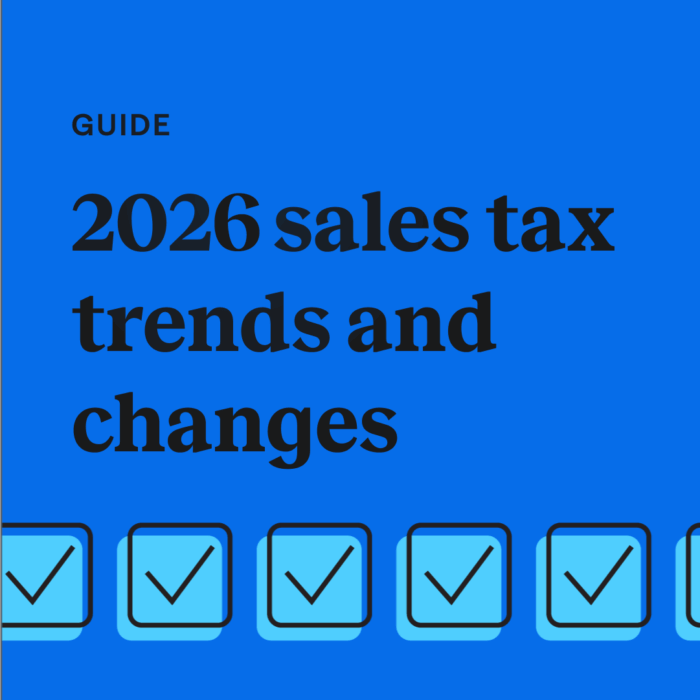European VAT demystified for non-European digital services sellers
by November 8, 2024
Non-European (including US) businesses providing digital services – such as telecommunication, broadcasting and electronically supplied services – to European consumers (= private customers) must collect, pay and report European VAT on every e-sale, regardless of the number of transactions made in Europe or of the overall yearly turnover.
VAT (the acronym for Value Added Tax) is a consumption tax applied in all Europe by each European state separately. VAT rates change according to the State where the individual customer is located.
In this article, we are not referring to B2B supplies of digital services to European businesses: in that case, other VAT territorial rules do apply. We are focusing on sales to European individual customers purchasing the services outside the scope of any business.
Also, we are not referring to the online sale of physical goods, for which other rules apply, with the potential application of customs duties at the EU border.
Furthermore, other services and products that may look, at first sight, as digital services are not actually covered by the rules described in this contribution. For instance, tickets to cultural, artistic, sporting, scientific, educational, entertainment or similar events booked online; accommodation, car-hire, restaurant services, passenger transport or similar services booked online.
Qualified tax advice on the specific case is always highly recommended.
Example of a cross-border B2C digital service
For simplicity, let us make an example: a person living in Barcelona, Spain, pays a $ 10 yearly fee to a U.S. company for online access to an American TV channel. The U.S. company must charge the customer Spanish VAT, irrespective of the purchase value.
In practice, this means that the U.S. company should:
- Take into account that 21% of the retail price collected from the customer must be deemed as Spanish VAT;
- Collect and pay VAT to the Spanish authorities.
Theoretically, if the same U.S. company holds an individual customer in Spain, one in Portugal and another one in Italy, the U.S. company may be called to comply with VAT rules in Spain, Portugal and Italy respectively; and so on.
It is already quite clear that such a tax system is quite burdensome and expensive for overseas businesses, considering that the European Union counts 28 member states and no minimum sales threshold applies for VAT purposes!
A simplification: the MOSS system
In order to make life for non-EU digital businesses a bit easier, the European Union has introduced the Mini-One-Stop-Shop (MOSS), a computerised system that allows non-EU businesses supplying digital services to European individual customers to account for (and report) VAT in one or more EU state without the need to register for VAT in each European state.
U.S. businesses can then supply electronic services to customers in, let us say, 12 European states and use a single electronic interface to report and pay VAT.
How to calculate the amount of VAT due?
Even when a US business uses the MOSS system, the VAT rate applying to a transaction will still depend on where the European consumer is located. Some useful information on VAT rates and invoicing can be found on the EU website.
Thus, by sticking to the previous example, if the U.S. company sells online access to a TV channel for the same fee ($10) to a Spanish consumer (standard VAT rate in Spain is equal to 21% of the retail price), to a Italian consumer (standard VAT rate in Italy: 22%) and to a Portuguese consumer (standard VAT rate in Portugal: 23%), the U.S. company will become liable to VAT for overall $6.6 ($2.1 + $2.2 + $2.3).
Accordingly, upon filing a single periodical MOSS VAT return electronically, the U.S. company will make a payment of $6.6 (the VAT amount) to the tax authorities of the European state through which the U.S. company has registered to the MOSS system; the latter tax authorities will then distribute, when necessary, the VAT proceeds to the other European states concerned.
Of course, this is an almost outrageous simplification – for explanatory purposes only!
Only business-to-consumer (B2C) digital services are concerned by the MOSS
As said, only business-to-consumer supplies of digital services are covered by the MOSS system. So, if an U.S. company sells electronic services to a European business, the content of this article will not apply.
There are different VAT territorial rules applying to B2B supplies of digital services – in many cases, the European business client will account for VAT on its purchases under the so-called “reverse charge” mechanism.
Digital services excluded from the MOSS
Besides telecommunication and broadcasting services, the MOSS system also covers the supply of “electronically supplied services”. This term looks actually quite vague and blurry.
According to the guidelines of the European Union, the expression “electronically supplied services” also covers:
- Digitised products generally, including software and changes to or upgrades of software;
- Services providing or supporting a business or personal presence on an electronic network such as a website or a webpage;
- Services automatically generated from a computer via the Internet or an electronic network, in response to specific data input by the recipient;
- Internet auctions: the transfer for consideration of the right to put goods or services up for sale on an Internet site operating as an online market on which potential buyers make their bids by an automated procedure and on which the parties are notified of a sale by electronic mail automatically generated from a computer;
- Internet Service Packages (ISP) of information in which the telecommunications component forms an ancillary and subordinate part;
- Other services specifically indicated by the EU law.
However, the MOSS system does not apply to
- Goods, even where the order and processing is done electronically;
- CD-ROMs, floppy disks and similar tangible media;
- Tickets to cultural, artistic, sporting, scientific, educational, entertainment or similar events booked online;
- Accommodation, car-hire, restaurant services, passenger transport or similar services booked online.
- Books, newsletters, newspapers or journals; CDs and audio cassettes; video cassettes and DVDs; games on a CD-ROM;
- Services of professionals such as lawyers and financial consultants, who advise clients by e-mail;
- Teaching services or webinars;
- Offline physical repair services of computer equipment and offline data warehousing services;
- Advertising services, in particular as in newspapers, on posters and on television; telephone helpdesk services;
- Teaching services purely involving correspondence courses, such as postal courses;
- Conventional auctioneers’ services reliant on direct human intervention, irrespective of how bids are made.
In these cases, other VAT territorial rules will apply and the MOSS scheme will not be available.
Please note that, as the UK tax authorities rightly point out on their website: “This is a fast-changing area. The above examples are illustrative and don’t provide a comprehensive and definitive list of what is considered to be a digital service”. Also, there may be discrepancies between the regulations applying in the various EU states. Personal and tailored tax advice is always highly suggested.
This guest post on digital services and VAT is from Taxmen.eu. This article mainly applies to B2C digital services providers.








